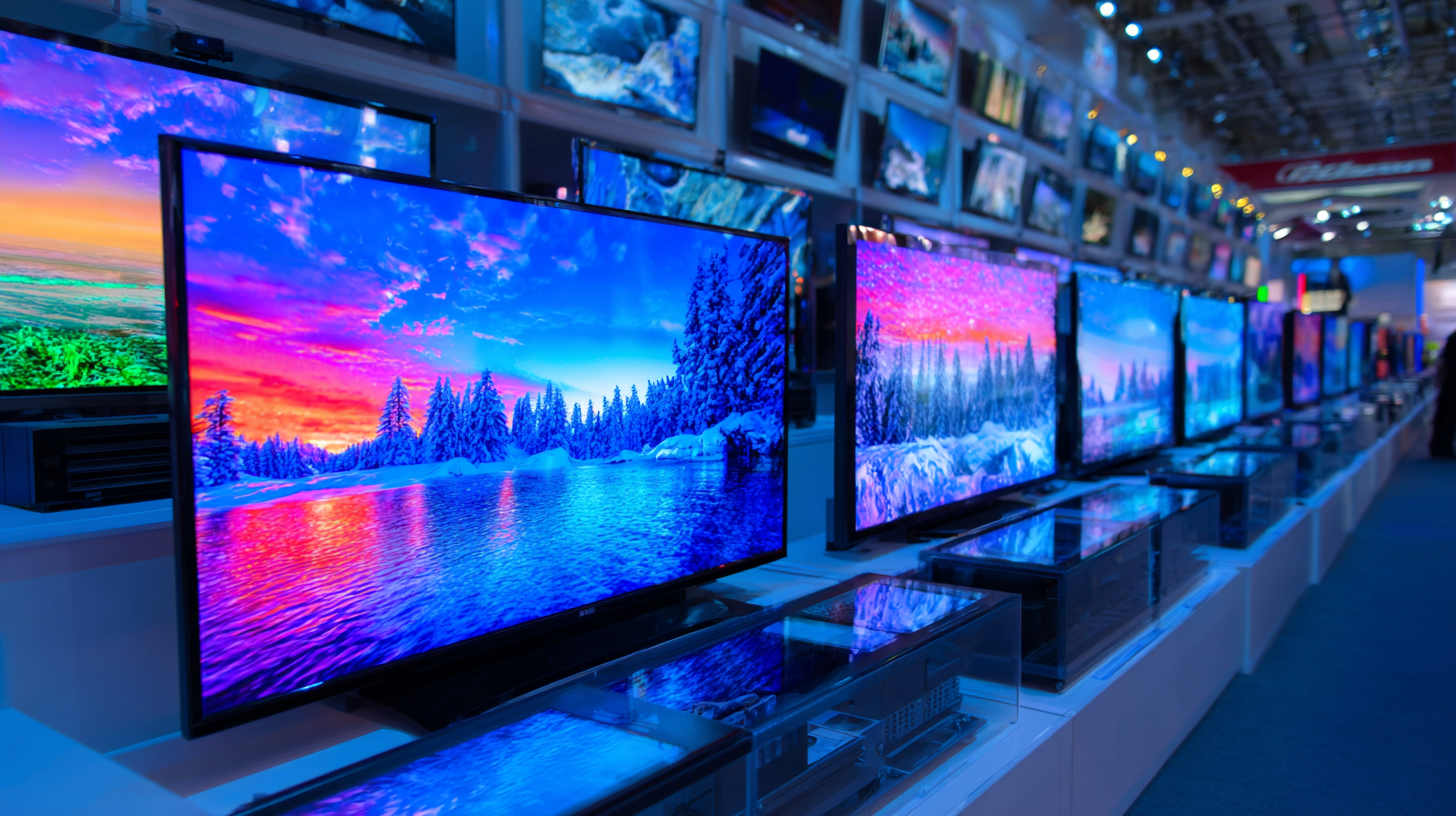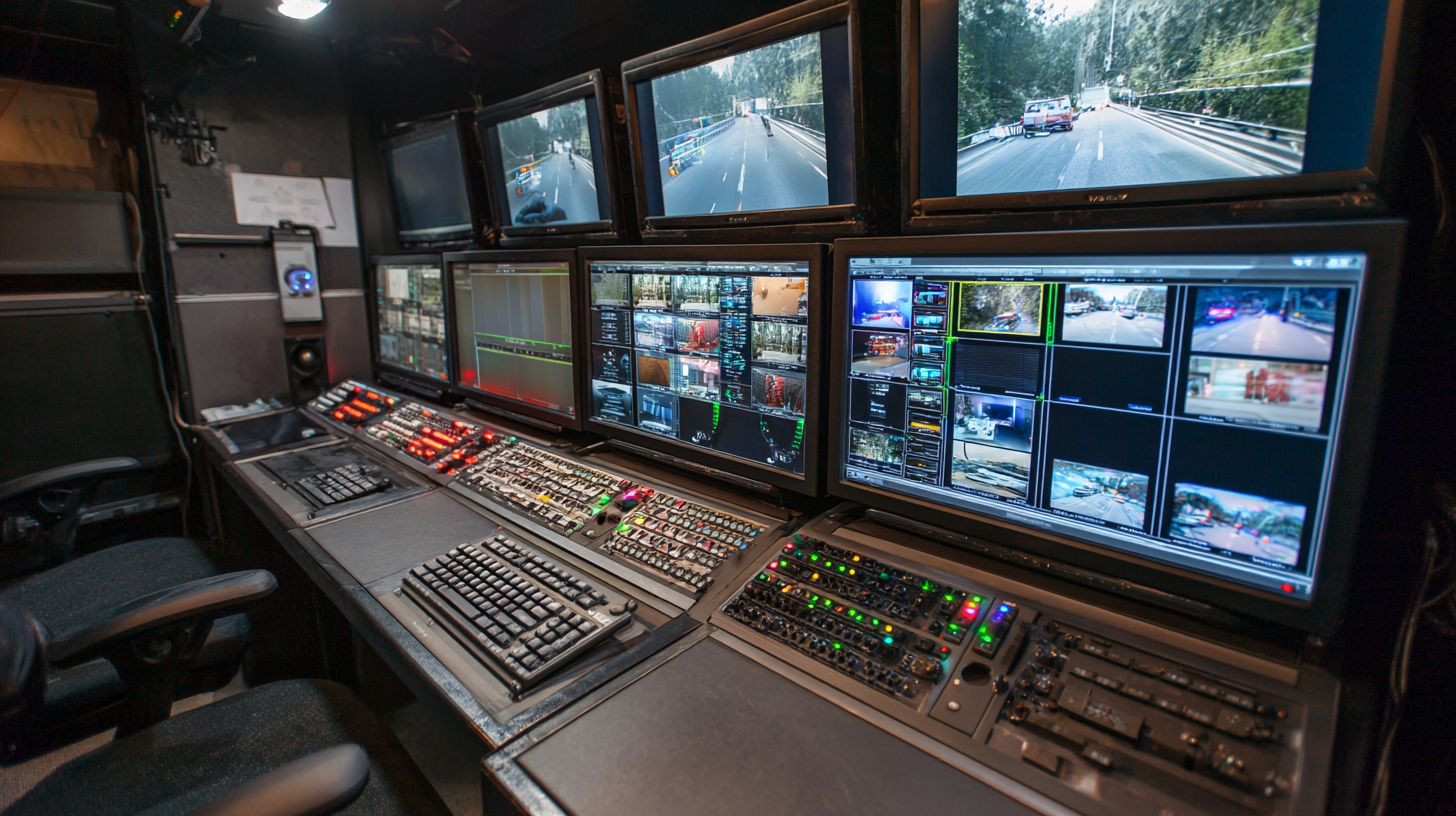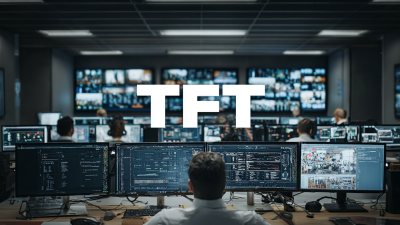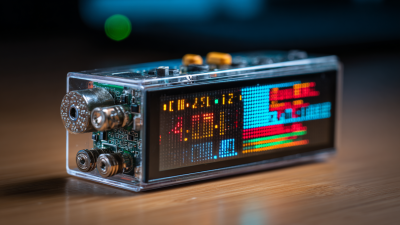In today's fast-evolving technology landscape, selecting the right TFT LCD monitor can significantly impact performance and productivity. According to the latest report from the International Data Corporation (IDC), the global market for TFT LCD displays is projected to reach $116 billion by 2025, driven by the increasing demand for high-resolution visual solutions in various sectors, including gaming, education, and corporate environments. With advancements in display technology, consumers are inundated with choices, each boasting unique specifications such as response time, refresh rate, and color accuracy. Understanding these key metrics is crucial for making an informed decision that aligns with both personal and professional needs. This article aims to guide you through the essential specifications and industry insights that are pivotal in selecting the optimal TFT LCD monitor for your requirements.

TFT LCD technology has become a cornerstone of modern display solutions, offering numerous advantages that make it a popular choice for various applications. The benefits of TFT LCD include improved color accuracy, enhanced resolution, and energy efficiency compared to traditional display technologies. This positions TFT LCD as an ideal option for industries ranging from consumer electronics to automotive displays, where high performance and reliability are paramount. As advancements continue, manufacturers are increasingly integrating features such as Oxide TFT technology, which promises lower power consumption and higher image quality, further solidifying TFT LCD's relevance in a competitive market.
Moreover, the landscape of display technology is evolving rapidly, with TFT LCD maintaining a strong presence despite the growing interest in OLED and MicroLED displays. While OLED is praised for its superior contrast and vibrant colors, contemporary research suggests that TFT LCDs still account for a significant portion of display revenues, especially in the automotive sector. This dominance is expected to persist as companies innovate and refine TFT technology, ensuring it remains a pivotal choice for users seeking optimal performance across diverse applications.
When selecting a TFT LCD monitor, several key specifications play a critical role in ensuring optimal performance and user satisfaction. First and foremost, resolution is a crucial factor; higher resolutions, such as Full HD (1920x1080) or 4K (3840x2160), offer sharper images and better detail, making them ideal for tasks requiring precision, like graphic design or gaming. Additionally, consider the monitor's response time, usually measured in milliseconds. A lower response time minimizes motion blur, which is particularly beneficial in fast-paced content, ensuring a smoother viewing experience.

Another important specification to evaluate is the refresh rate, which indicates how often the monitor refreshes its image per second. A higher refresh rate, such as 120Hz or even 240Hz, is advantageous for gamers, providing fluid motion during gameplay. Furthermore, look at the monitor's color accuracy and brightness levels. Monitors with higher brightness (measured in nits) can produce vivid images even in well-lit environments, while color accuracy is vital for creative work, ensuring that the colors displayed are true to life. By carefully analyzing these specifications, users can make an informed decision tailored to their specific needs.
When evaluating TFT LCD monitors, resolution and refresh rates are two critical specifications that significantly impact visual performance. Resolution refers to the number of pixels displayed on the screen, represented in terms like 1920x1080 (Full HD) or 3840x2160 (4K). A higher resolution results in sharper images and finer details, which is particularly crucial for gaming, graphic design, and media consumption. Choosing a monitor with an appropriate resolution for your needs can enhance your overall viewing experience, ensuring that images are not only crisp but also accurately represented.
Refresh rate, measured in hertz (Hz), denotes how many times the display updates per second. A monitor with a higher refresh rate, such as 144Hz or 240Hz, can deliver smoother motion, which is indispensable for fast-paced gaming and professional applications involving rapid movements. This specification helps reduce motion blur and enhances fluidity in graphics, making it easier to track moving objects on screen. When selecting a TFT LCD monitor, balancing resolution with refresh rate is essential to achieve optimal visual performance tailored to your specific usage requirements.
When selecting a TFT LCD monitor, two critical factors to consider are color accuracy and brightness levels, which significantly impact image quality. According to the ReportLinker 2023 study, displays with a color gamut coverage of over 99% sRGB provide a more vibrant and true-to-life visual experience. Monitors that support Adobe RGB offer even broader color ranges, appealing to professionals in graphic design and photography who require precise color representation. A monitor's color accuracy is often measured using Delta E values; ideally, a Delta E of less than 2 is considered excellent for professional use, indicating minimal color deviation from the original source.
Brightness levels also play a crucial role in image fidelity, particularly in environments with varying ambient light conditions. The same 2023 report highlights that monitors with brightness levels exceeding 300 nits are suitable for general use, while those reaching 1000 nits or more deliver superior performance for HDR content. A higher brightness not only enhances visibility but also expands the dynamic range, enabling richer contrasts and deeper blacks. Therefore, when choosing a TFT LCD monitor, assessing color accuracy and brightness levels is essential for achieving optimal display performance and ensuring that images are rendered as intended.
| Specification | Description | Value |
|---|---|---|
| Screen Size | Diagonal measurement of the display | 24 inches |
| Resolution | Number of pixels in width x height | 1920 x 1080 (Full HD) |
| Color Accuracy | Measured in percentage of sRGB coverage | 99% |
| Brightness | Maximum brightness level in nits | 300 nits |
| Contrast Ratio | Ratio of the brightest color to the darkest color | 1000:1 |
| Response Time | Time taken for a pixel to change from one color to another | 5 ms |
| Viewing Angles | Maximum angle from which the monitor can be viewed | 178° horizontal and vertical |
| Connectivity | Types of ports available for connection | HDMI, DisplayPort, USB |
When selecting a TFT LCD monitor, understanding connectivity options is essential for ensuring compatibility with your devices. Most modern monitors offer a range of ports including HDMI, DisplayPort, and USB-C, facilitating seamless connections to computers, gaming consoles, and multimedia devices. Users should also consider the presence of additional ports, such as USB hubs, which can enhance versatility by supporting peripherals like keyboards and mice directly through the monitor. For those looking to maintain a tidy workspace, wireless connectivity features such as Bluetooth or Wi-Fi capabilities can further reduce cable clutter and facilitate ease of use.
Equally important are the ergonomic features that contribute to user comfort during extended use. Monitors with adjustable height, tilt, swivel, and pivot capabilities allow users to customize their setup, promoting proper posture and reducing strain on the eyes and neck. Furthermore, features like blue light reduction and flicker-free technology can significantly enhance viewing comfort, making it easier to work or play for long hours. By prioritizing connectivity options alongside ergonomic considerations, users can ensure they select a TFT LCD monitor that meets both their functional needs and comfort preferences.







